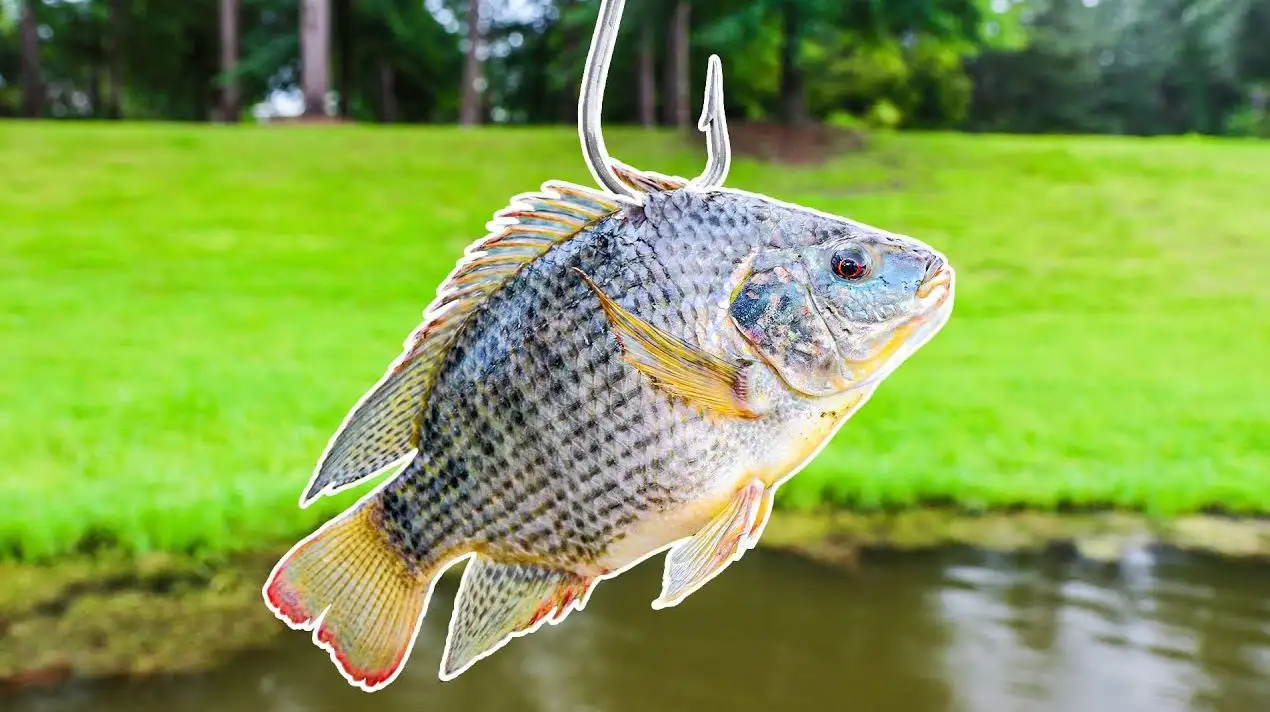The Fish Video Controversy - Trend and Its Implications

In the contemporary digital landscape, video-sharing platforms have emerged as significant avenues for entertainment, education, and communication. Among various viral trends, “The Fish Video” has captured considerable attention, encompassing a wide array of clips related to aquatic life. While these videos can be both entertaining and educational, they also raise concerns regarding the ethical and legal of sharing sensitive.
Understanding The Fish
Definition and Appeal
“The Fish Video” genre includes various online content that features fish and aquatic life, ranging from humorous antics to breathtaking underwater footage. The allure of these videos stems from their dual ability to entertain and educate, fostering a greater appreciation for marine ecosystems. They are prevalent across platforms like YouTube, TikTok, and Instagram, where creators utilize advanced filming techniques to produce visually captivating content.
Audience Engagement
The audience for fish-related is diverse, casual viewers seeking and marine biology enthusiasts looking for educational content. Creators often monetize their channels through advertisements, sponsorships, and merchandise, highlighting the potential for this genre to promote environmental awareness and responsibility.
Ethical Concerns
As the popularity of fish-related videos has surged, so have concerns about the ethical standards of the content shared. Not all videos adhere to practices, with some featuring distressing scenes or unethical fishing practices that could harm the reputation of the creators and the platforms hosting the content.
What Are Sensitive Clips?
Definition and Examples
Sensitive clips are defined as video content that may be disturbing, offensive, or harmful to certain audiences. In the context of “The Fish Video,” such clips often depict distressing scenes involving aquatic life, such as injuries or suffering due to human actions. Examples include graphic imagery of fish caught in nets or suffering from pollution.
Legal and Ethical Considerations
The classification of sensitive content varies based on cultural norms and platform policies. Legal frameworks exist in many countries to protect wildlife and regulate how animals are depicted in media. Violating these laws can lead to legal repercussions, including fines and content removal. Ethical considerations also play a crucial role, emphasizing the responsibility of creators to respect the dignity of living creatures and promote positive environmental awareness.
Risks of Uploading Sensitive Clips
Privacy and Ethical Boundaries
Uploading sensitive clips poses significant risks, including potential violations of privacy and standards. Content showcasing illegal fishing practices or endangered species can provoke public outrage and damage a creator's reputation.
Legal Consequences
Legal risks are paramount, as many jurisdictions have stringent regulations governing wildlife protection. Violating these laws can result in fines, takedowns, or even legal the creator. like YouTube and TikTok have clear policies against harmful content, and violations can lead to account suspensions.
Psychological Impact on Viewers
The psychological on viewers must also be considered. Sensitive content can cause emotional distress, especially among audiences passionate about marine life. Negative or complaints can, damaging a creator's credibility and engagement metrics.
Platform Reputation
Moreover, the proliferation of disturbing content can tarnish the overall reputation of the platforms, potentially leading a loss of advertiser support and audience trust. This has prompted platforms to invest content moderation tools, although these systems are not infallible.
Platform Policies and Guidelines
Overview of Policies
Major video-sharing platforms have established comprehensive guidelines to regulate content. These rules aim to maintain a safe and respectful environment while to legal standards For instance, You prohibits violent graphic content, while TikTok forbids animal cruelty.
Consequences for Violations
Platforms enforce these guidelines through automated systems and community flagging, which can lead to content removal or account suspension for violators. High-profile cases of creators facing penalties for uploading sensitive clips underscore the importance of understanding and adhering to these policies.
Best Practices for Safe Video Uploads
Identifying Sensitive Content
Creators should prioritize responsible content creation by identifying potentially sensitive material before uploading. This includes reviewing footage for distressing scenes and editing them appropriately.
Utilizing Moderation Tools
Using content moderation tools can help creators blur graphic content, add warnings, or edit out distressing scenes. Platforms also offer features for age restrictions and disclaimers to protect younger audiences.
Understanding Legal Frameworks
Familiarity with relevant wildlife protection laws is crucial for avoiding accidental violations. Research and adhering to local and international regulations ensures that content remains both legal and ethical.
Ethical Storytelling
Creators should focus on positive narratives that highlight conservation and responsible rather than distress imagery. This approach can inspire audiences and promote awareness of environmental issues.
Engaging Responsibly with Audiences
Providing clear disclaimers for potentially distressing material demonstrates a commitment to audience well-being and builds trust. Collaborating with marine experts or environmental organizations can also enhance the quality and responsibility of the content.
Conclusion
The phenomenon of “The Fish Video” illustrates the vast potential of online platforms to entertain and educate. However, with this potential comes the responsibility of ensuring that content is shared ethically and legally. Understanding what constitutes sensitive content, adhering to platform guidelines, and recognizing the associated risks are crucial for creators. By following best practices, they can produce engaging content that respects both viewers and the natural world, fostering a positive digital environment. As the landscape of digital media evolves, so too must the awareness and accountability of content creators.
- Art
- News and Politics
- Dance
- Make Money
- Entertainment
- Tips & Tricks
- Food
- Games
- Cryptocurrency
- Health
- Movies
- Music
- Science and Technology
- Other
- Life Style
- Religion
- Shopping
- Sports
- Travel and Insurance


